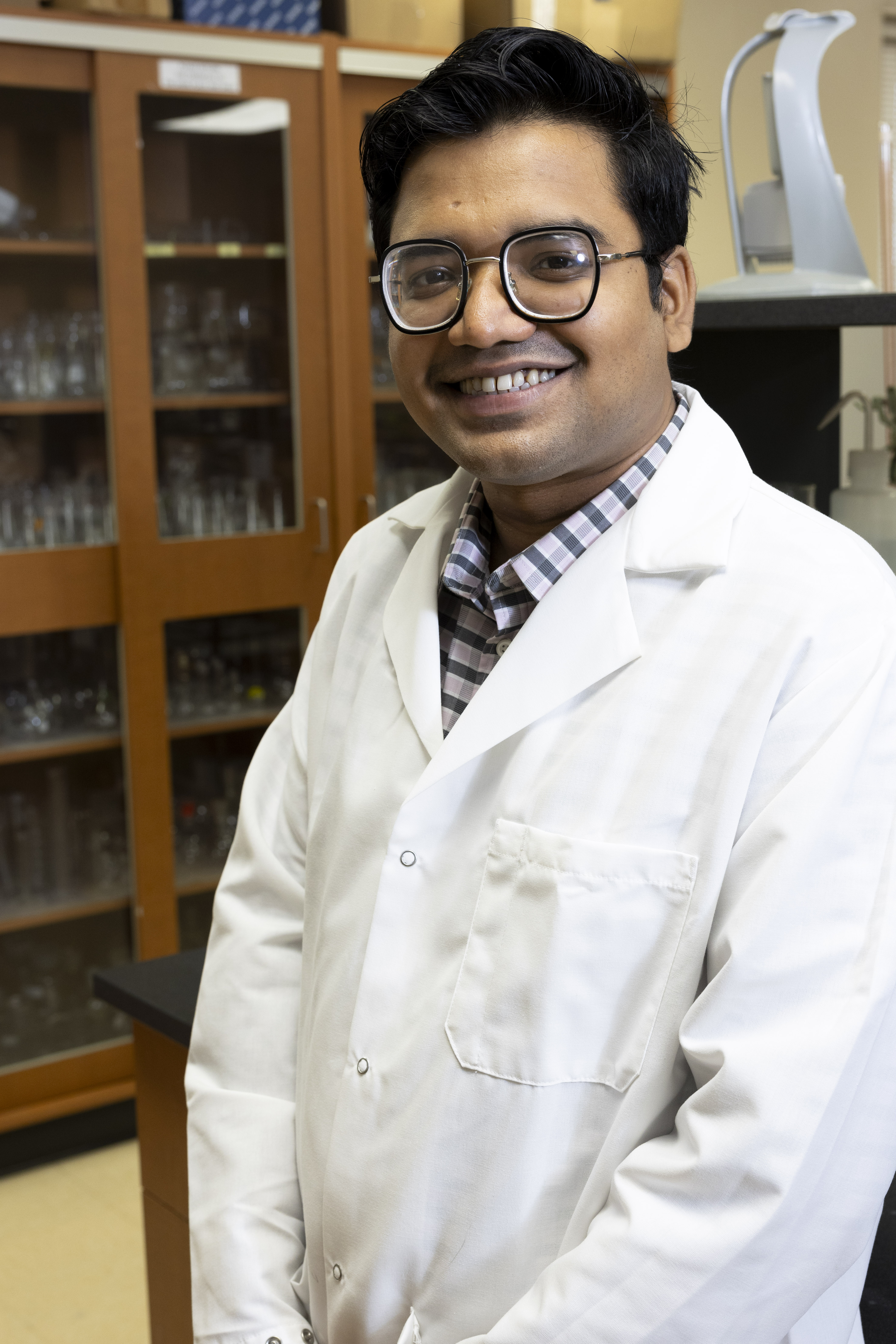2025 AOCS Posters
Protein and Co-Products
Cold plasma modification of biopolymers derived from rice processing byproducts for packaging film

SAYDUL MD SAFWA
Graduate Research Assistant
University of Arkansas
Fayetteville, Arkansas, United States- MI
Muhammad Nazrul Islam
Post Doctoral Fellow
University of Arkansas, United States - MR
Mahfuzur Rahman
Assistant Professor
University of Arkansas
Fayetteville, Arkansas, United States
Presenting Author(s)
Co-Author(s)
Justification: Biopolymer-based films face limitations in industrial applications due to poor mechanical and functional properties. This study hypothesizes that plasma-activated water (PAW), through reactive oxygen and nitrogen species (RONS), promotes biopolymer modification by enhancing crosslinking, inducing structural changes, and improving functional and mechanical characteristics.
Objective: The objective of this study is to develop biodegradable films from rice byproducts—broken kernels (BK), rice bran (RB), and rice bran protein (RBP)—and evaluate the impact of PAW on the films’ characteristics.
Methods: PAW was generated using a bubble spark discharge reactor for 15 minutes. Defatted rice bran protein was extracted via ultrasound-assisted alkaline extraction and spray-dried. Films were prepared by homogenizing DI or Plasma activated water with 4 gm rice bran or rice bran protein powder and 1 gm broken kernel at 4000 rpm for 15 minutes. Glycerol was added as a plasticizer, followed by gelation at 85°C for 1 hour. Degassed solutions were cast and dried at 25°C for 16 hours. The films were analyzed for SEM, FTIR, contact angle, tensile strength, and DPPH radical scavenging activity.
Results: PAW-treated films exhibited enhanced surface roughness and porosity due to plasma-induced structural modifications, as observed through SEM. FTIR showed stronger carbonyl (C=O) peaks in PAW films, suggesting enhanced crosslinking. The generation of reactive species modifies the protein, introducing hydrophilic groups. Therefore, improved hydrophilicity was observed in protein film with contact angles dropping from 84.2° to 62.0°. Tensile strength increased significantly (39.5%) in RB film due to improved crosslinking and molecular interactions. Antioxidant activity improved as DPPH radical scavenging increased from 57.53% to 61.91% in RB film and from 49.79% to 59.52% in RBP film, due to the plasma-induced phenolic–protein complex breakdown.
Significance: This study opens up new opportunities to utilize plasma-activated water for sustainable biopolymer modification, advancing eco-friendly packaging solutions for the food industry.

.png)